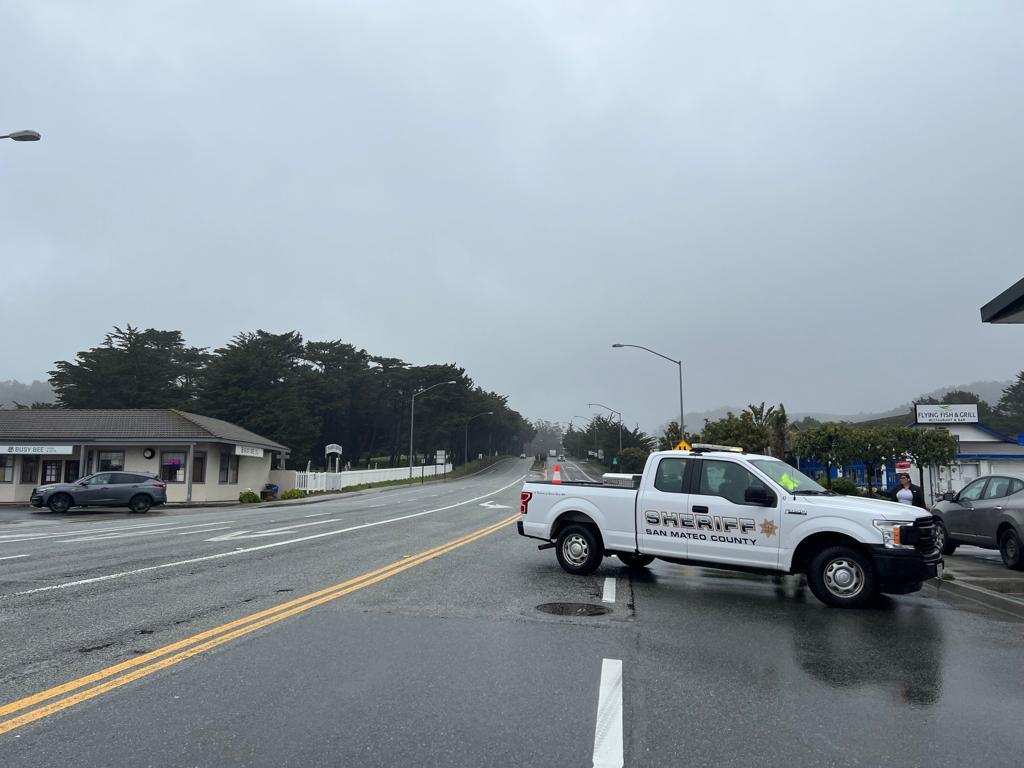
Bay area residents have not been easy with this seemingly endless cascade of storms that began late last year. With more rain forecast in the Bay Area, authorities have called to stay vigilant and prepare for all kinds of things that could go wrong.
Natural disasters, particularly weather disasters, are becoming more frequent and costlier, both in lives and losses. Extreme heat is now one of the deadliest types of weather incidents in the United States, causing more deaths than hurricanes, tornadoes, or flooding.
The best time to prepare for any potential disaster is now, and not until lights out or emergency managers issue evacuation orders, San Mateo County officials said.
In light of this, the authorities issued a guide to key local information that could help you and your family get through an emergency, whether it be floods, fires, tsunamis, earthquakes or other challenges.
Sign up for emergency alerts
- Local emergency officials say the best first step you can take is to sign up for SMC Alert, a messaging tool that sends concise and actionable emergency information to email, cell phones and other devices, and landlines.
The alert is completely free and available in all cities and towns in San Mateo County.
- MyShake is listed by the state as "the first publicly available state warning system in the country that could give Californians a few crucial seconds to get to safety before an earthquake strikes." MyShake is available in stores Apple App and Google play.
- The Federal Emergency Management Agency ?FEMA, for its acronym in English? offers an app that allows you to receive real-time weather alerts, send notifications to loved ones, locate emergency shelters in your area, and more.
stay connected
Nine out of 10 San Mateo County residents live in one of the 20 cities. Many have their own alert systems and social media channels. Register on the website of your city ?find a list here? and follow your local government, police and fire departments on social media, who are often the first to sound the alarm about an emergency near you.
Follow San Mateo County on social media: Twitter, Facebook, nextdoor, and Instagram.
Also, follow the official social networks of agencies such as: San Mateo County Sheriff, Cal FIRE CZU ?San Mateo-Santa Cruz Unit?, National Weather Service for the Bay Area.
Know your zone
Emergency managers have divided the peninsula into more than 300 zones on a publicly available online map supported by Zonehaven, a California-based company under contract to San Mateo County.
Each zone is assigned a short code. All residents can enter an address to find your zone.
In the event of an emergency, first responders will issue evacuation orders or other orders and warnings depending on the zones. This information will be disseminated through the media, social networks such as Twitter, emergency alert notifications and other platforms.
Advice: Consider packing a paper map in your car or carry-on bag. Why a paper map in these days of GPS and navigation systems? Simply because many of us would have trouble getting to a shelter, hospital, or meeting point in an unfamiliar neighborhood or city without a phone on or GPS on board, especially at night.
Power outages
To stay up to date on power outages and possible blackouts during fire season, check out the Pacific Gas & Electric outage map, serving most of Northern California. You can also find where sign up to receive your alerts.
road condition
511.org provides up-to-date information on road conditions and closures.
Caltrans offers a research tool of the current conditions in the california highways. You can also call 1-800-427-7623 for current road conditions.
Make an emergency kit for home, work, and your car or commute
The website ready.gov offers numerous preparedness checklists and tips on what to pack in a travel bag for any type of emergency. And just as important, everyone should prepare a stay kit with the essentials you and your family may need if you run out of electricity, water, or heat.
CalFireThe Department of Homeland Security, the American Red Cross and the Office of the Administration for Children and Families They have resources available for families on how to prepare for different types of disasters.
You may be interested in: Nearly 44,000 people remain without electricity after a storm registered on Tuesday


